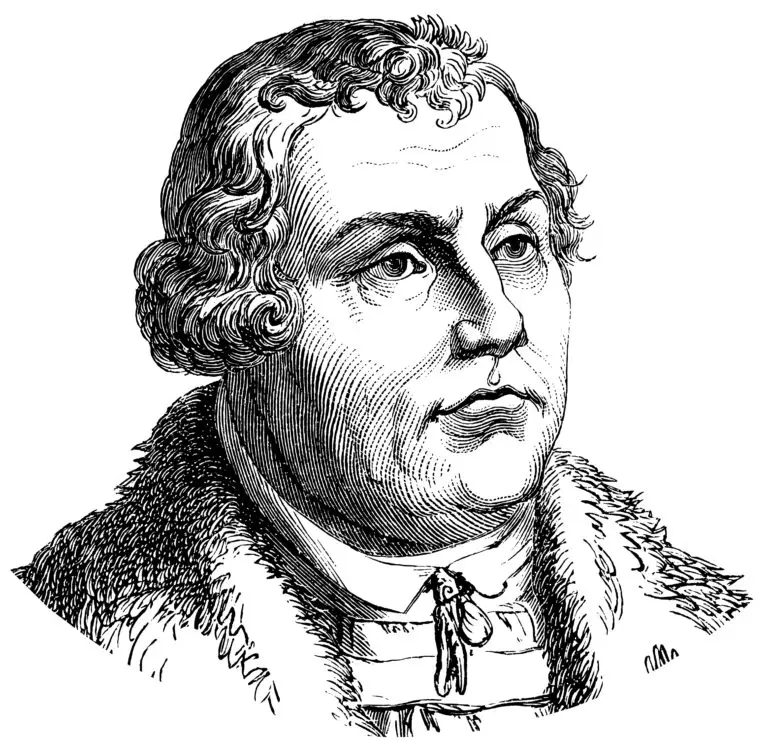Protestant Reformation

Table of Contents
What was the Protestant Reformation?
The Protestant Reformation was a religious and social movement that swept through Europe in the 16th century, leading to profound changes in the Christian Church and European society.
It began in 1517 when Martin Luther, a German monk, publicly criticized the Catholic Church’s practices, particularly the sale of indulgences, by posting his “95 Theses” on the door of the Castle Church in Wittenberg.
Luther’s ideas sparked widespread debate and led to the emergence of Protestantism as a distinct branch of Christianity. Other reformers, such as John Calvin and Huldrych Zwingli, played significant roles in the Reformation.
Protestant Reformation History
The Protestant Reformation was a religious movement in 16th-century Europe that sought to reform the Roman Catholic Church and led to the creation of Protestant Christianity.
The Reformation is traditionally dated to October 31, 1517, when Martin Luther, a German monk, published his Ninety-five Theses, criticizing the sale of indulgences and other practices of the Catholic Church.
Luther’s actions sparked a wave of religious dissent and reform across Europe, leading to various Protestant denominations, including Lutheranism, Calvinism, and Anglicanism.
Other key figures of the Protestant Reformation include John Calvin, Huldrych Zwingli, and Thomas Cranmer, each of whom played a significant role in shaping Protestant theology and practice.
The printing press played a crucial role in spreading Reformation ideas, allowing for the rapid dissemination of Protestant literature and the Bible in vernacular languages.
The Protestant Reformation challenged the authority of the Pope and the Catholic Church hierarchy, advocating for a more direct relationship between individuals and God and the authority of scripture over church tradition.
The Reformation led to significant religious and political conflicts across Europe, including the German Peasants’ War (1524-1525) and the Wars of Religion in France (1562-1598).
The Peace of Augsburg in 1555 formally recognized Lutheranism as a legitimate religion within the Holy Roman Empire, allowing rulers to choose the religion of their territories.
The Council of Trent (1545-1563), convened by the Catholic Church in response to the Reformation, reaffirmed Catholic doctrine and initiated reforms within the church.
The Protestant Reformation had profound social and cultural impacts, contributing to the rise of individualism, literacy, and the spread of education and new forms of religious expression and worship.
Related Links
Hapsburg Dynasty
Middle Ages
Renaissance
Tudor Dynasty